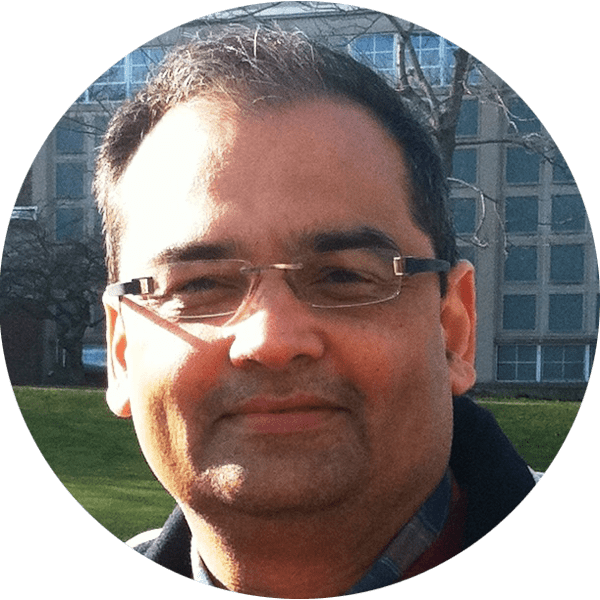21 Sep Masjid Mehndian
A Madrassa Has Existed Here since the Time of Aurangzeb
Most Delhiwallahs would hardly know of its existence, even though the site is in fact soaked in history. The madrassa here has been around since the reign of Aurangzeb. And it is very probable, that a letter written to the Afghan ruler Ahmad Shah Abdali from this very place could well have led to the famous Third Battle of Panipat in 1761, an epic watershed in India’s history.
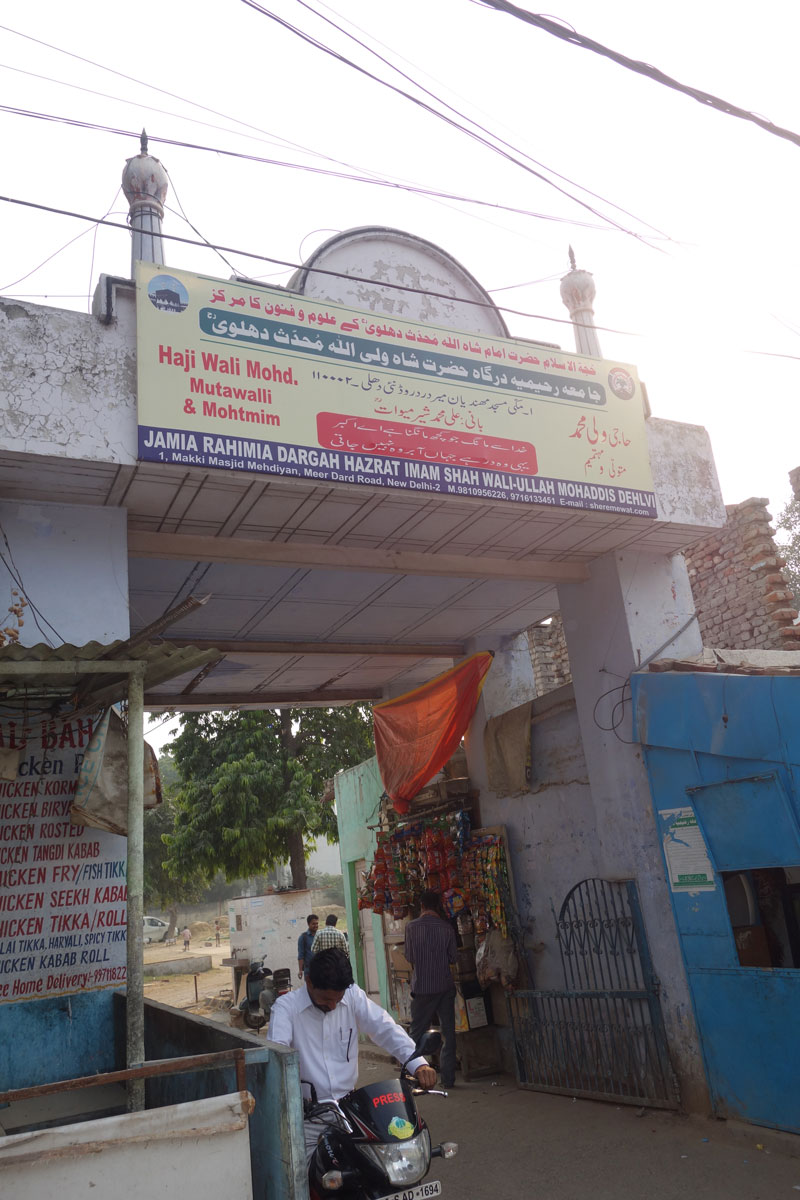 The Unassuming Entry to the Masjid and Madrassa Complex
The Unassuming Entry to the Masjid and Madrassa ComplexShah Waliullah was a leading Islamic scholar, and it was he who may famously have changed the course of Indian history by writing to the powerful Afghan king Ahmad Shah Abdali, inviting him to invade Delhi. Momin Khan Momin was a renowned Urdu poet, a contemporary of Ghalib, whose many ghazals and poems are still sung today.
I found the Masjid Mehndian complex behind Maulana Azad Medical College, a short walk from the historical attractions of Khooni Darwaza and Feroz Shah Kotla. On entering the Masjid complex, I came across a busy basti with small workshops, mainly cotton spinning units, dotting the periphery. Signs of commerce were all around, and white cotton bales were strung out to dry over the graves. The atmosphere is far removed from the serenity or quiet reflection one associates with a graveyard, especially a famous one. I initially thought I had entered the wrong place until my inquiries put me at rest.
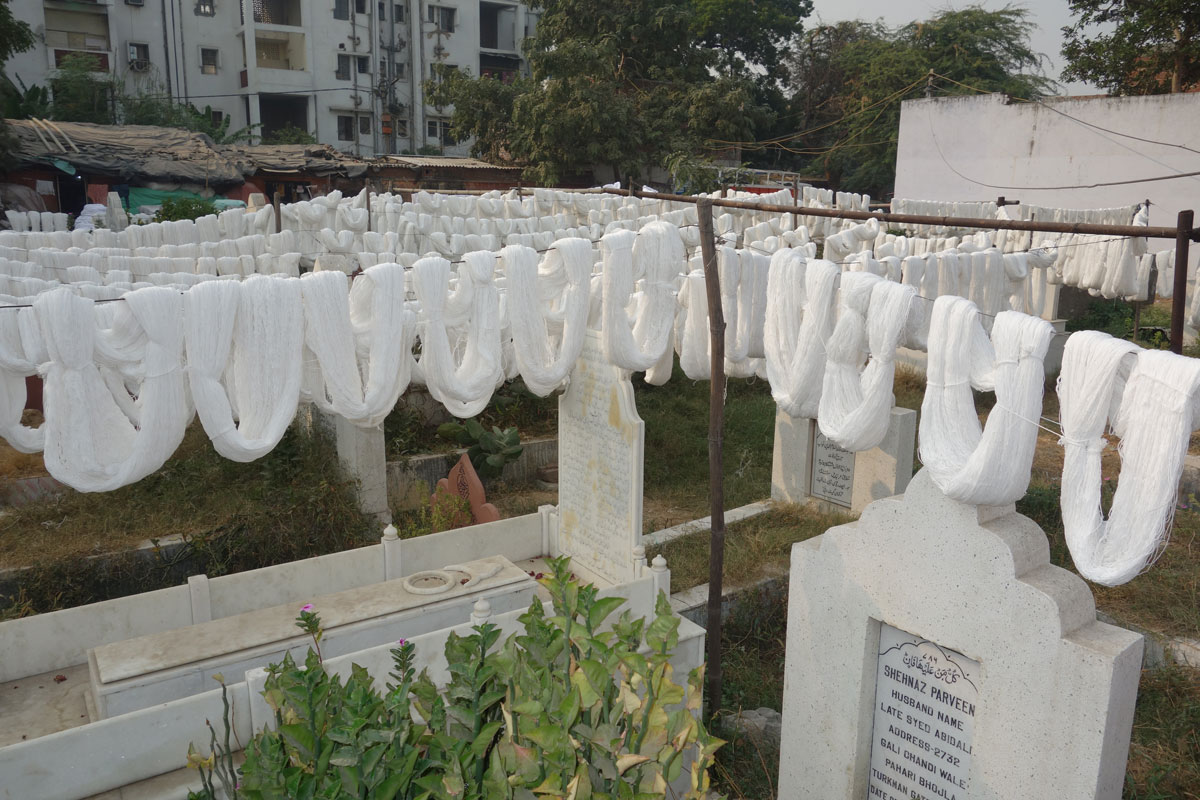 Cotton Bales Strung out to Dry over the Graves
Cotton Bales Strung out to Dry over the GravesShah Waliullah’s burial place was in a separate walled enclosure, which I accessed by ducking under the cotton strings and sidestepping other graves. A cemented corridor led up to a small madrassa. I found a young boy seated on the floor of the madrassa, dressed in pure white, his backpack bulging with books beside him, concentrating hard on his studies. He stood up politely as I passed by and then settled down to his studies again.
The doors to the madrassa were open. Inside, it was cool and carpeted with the walls painted a light green. Above the doors of the madrassa were three signs written in stylised Urdu…
“kya Khuda apne bande ke liye kaafi nahin hai?”
“Main pukarne waale ki pukaar ko qabool karta hoon, jab woh mujhe pukaarta hai”
“Tum mujhe pukaaro, main tumhari pukaar ko kabool karoonga”
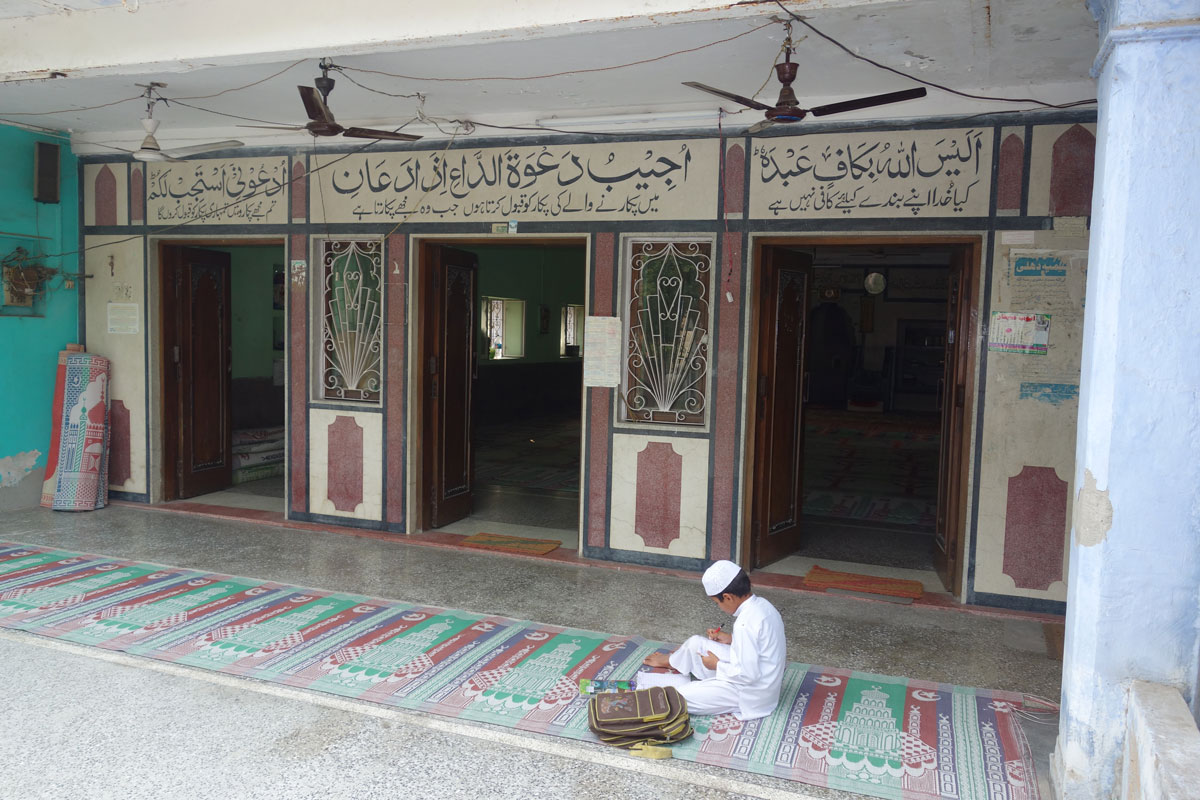
The Madrassa; Simple, Calming and Still Functioning; A Young Boy Studies Outside.
I walked past the quiet madrassa to find a neatly maintained enclosure, inside which were the green painted graves of Shah Waliullah, his father and his son.
It was calm there, removed from the bustle of the main graveyard and its cotton bales, and I could take in the atmosphere undisturbed.
 The Green Painted Graves of Shah Waliullah, His Father and His Son.
The Green Painted Graves of Shah Waliullah, His Father and His Son.In front of me lay the most eminent Islamic scholar Delhi has produced. Born in Delhi in 1703, four years before the death of Emperor Aurangzeb when the Mughal Empire was at its zenith, Shah Waliullah got his early education right here on these premises. His father had started the Madrassa Rahimiya in Delhi, which still functions on these grounds. At the young age of twenty-one, Shah Waliullah went to Mecca and Medina and spent eight years there. He returned as a distinguished Islamic scholar of his time, renowned in Delhi and across the Muslim world. It is he who translated the Quran from Arabic to Persian making it more accessible to the locals of Delhi, and his son Shah Abdul Aziz after him further translated the Quran to Urdu.
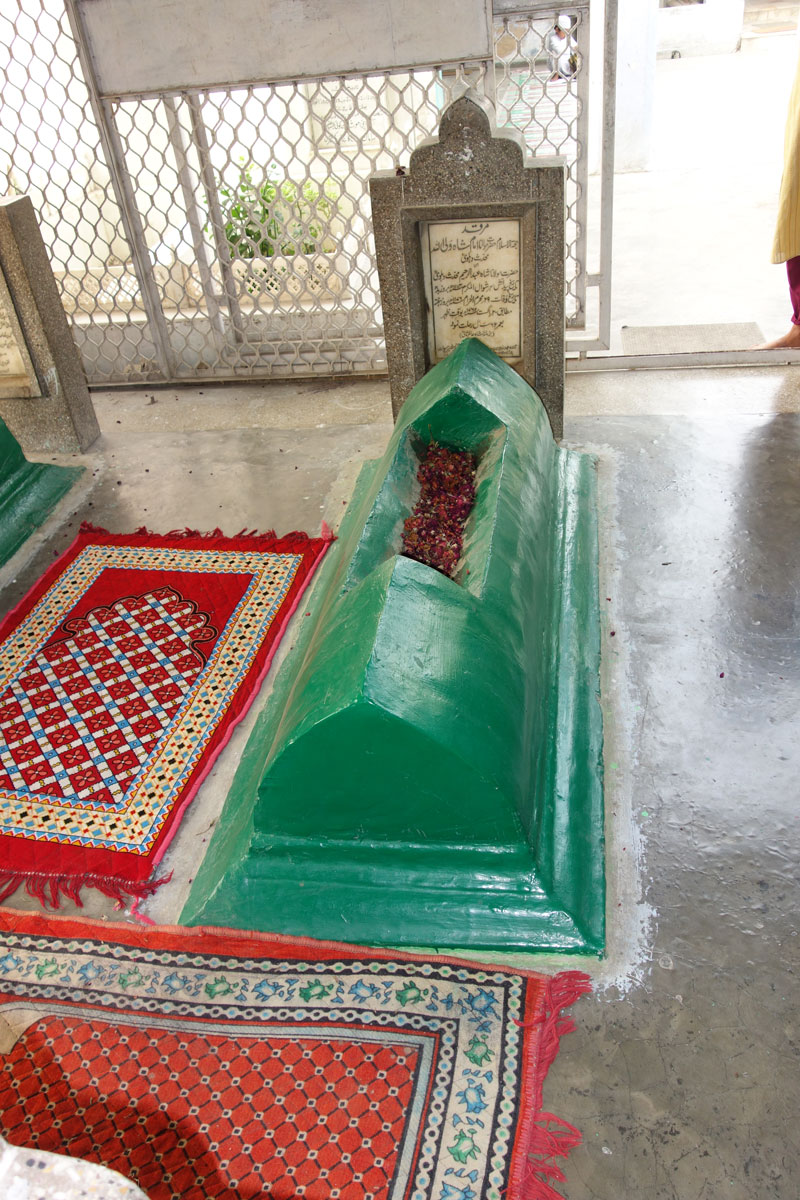 The Final Resting Place of Shah Waliullah
The Final Resting Place of Shah WaliullahThe grave of hakeem Momin Khan Momin, famed poet of Delhi, is simple and unassuming. Momin lived in Delhi at a time of extraordinary cultural renaissance, when Urdu poetry was it its peak. The Mughal king Bahadur Shah Zafar was himself an admired poet, and Momin was contemporaries with a galaxy of poet stars; Ghalib, Zauq, Daag Dehlvi – all of them bidding to outdo each other in nightly mushairas.
 The Poet Momin Khan Momin’s Simple Tomb in Masjid Mehndian
The Poet Momin Khan Momin’s Simple Tomb in Masjid MehndianMany of Momin Khan Momin’s ghazals are still famous and sung today.
Woh jo hum mein tum mein qaraar tha, tumhein yaad ho ke na yaad ho
Vohee yaani va’ada nibah ka, tumhain yaad ho ke na yaad ho
(That understanding which we had between us… whether you remember it or not…
That promise of trust and faithfulness…whether you remember it or not…)
As I was leaving Masjid Mehndian, I mentioned to the caretaker that I had studied history at St Stephens College in Delhi, not far from here. He responded by saying that there was a famous history professor buried in this graveyard and that he believed he was from St Stephens too. We walked over to the grave of Professor Mohammad Amin, or Amin Saab to his many students, my much-loved history professor, recipient of the Padma Bhushan, and head of the St Stephens History Department for many years. It was Amin Saab who inspired in me my lifelong passion for history. I am sure this was meant to be. I paid my respects.
How to get here:
Information:
- Closest metro : Pragati Maidan.
- No wheelchair access
- No toilet facilities.
- Parking on the main road outside the complex

